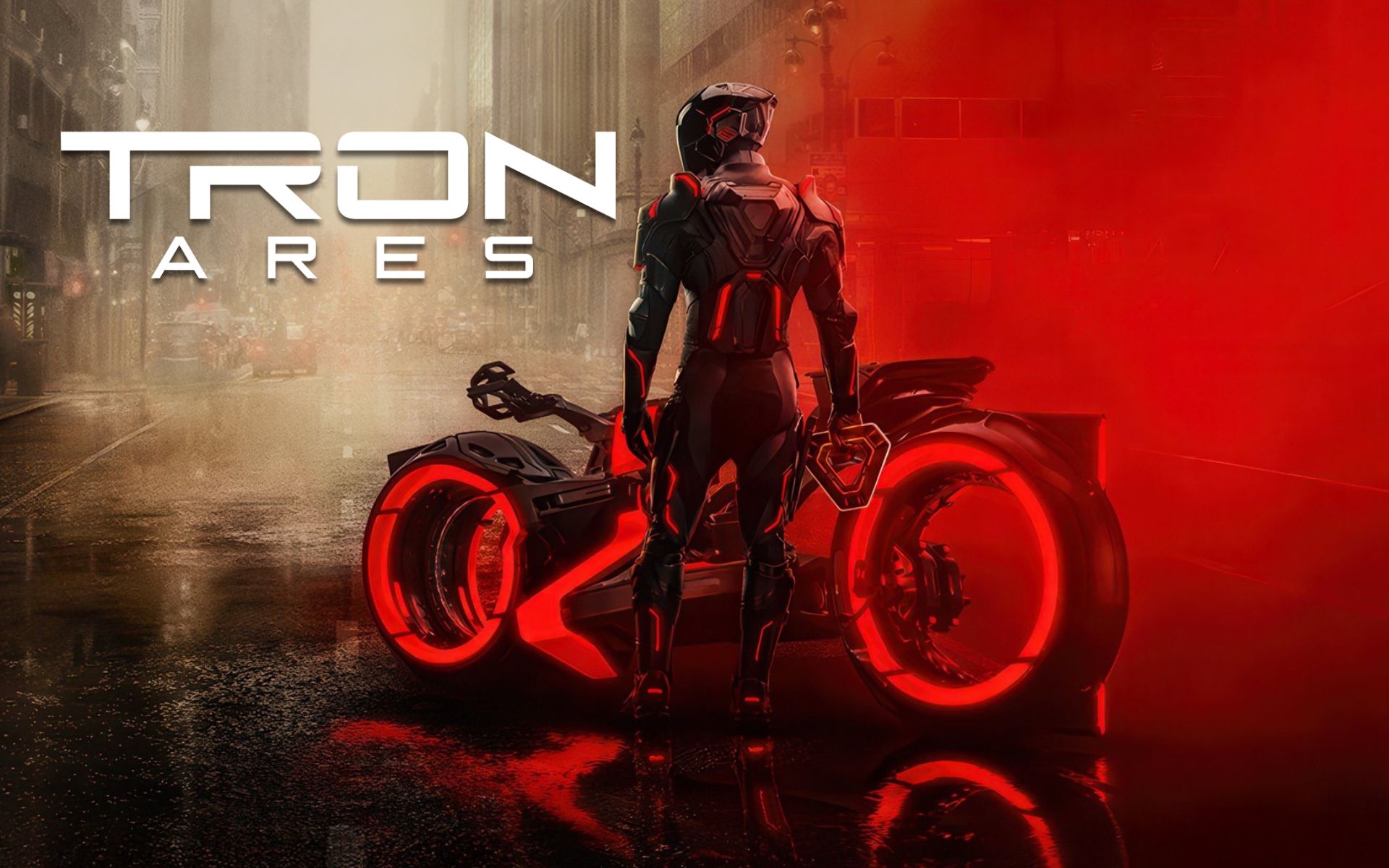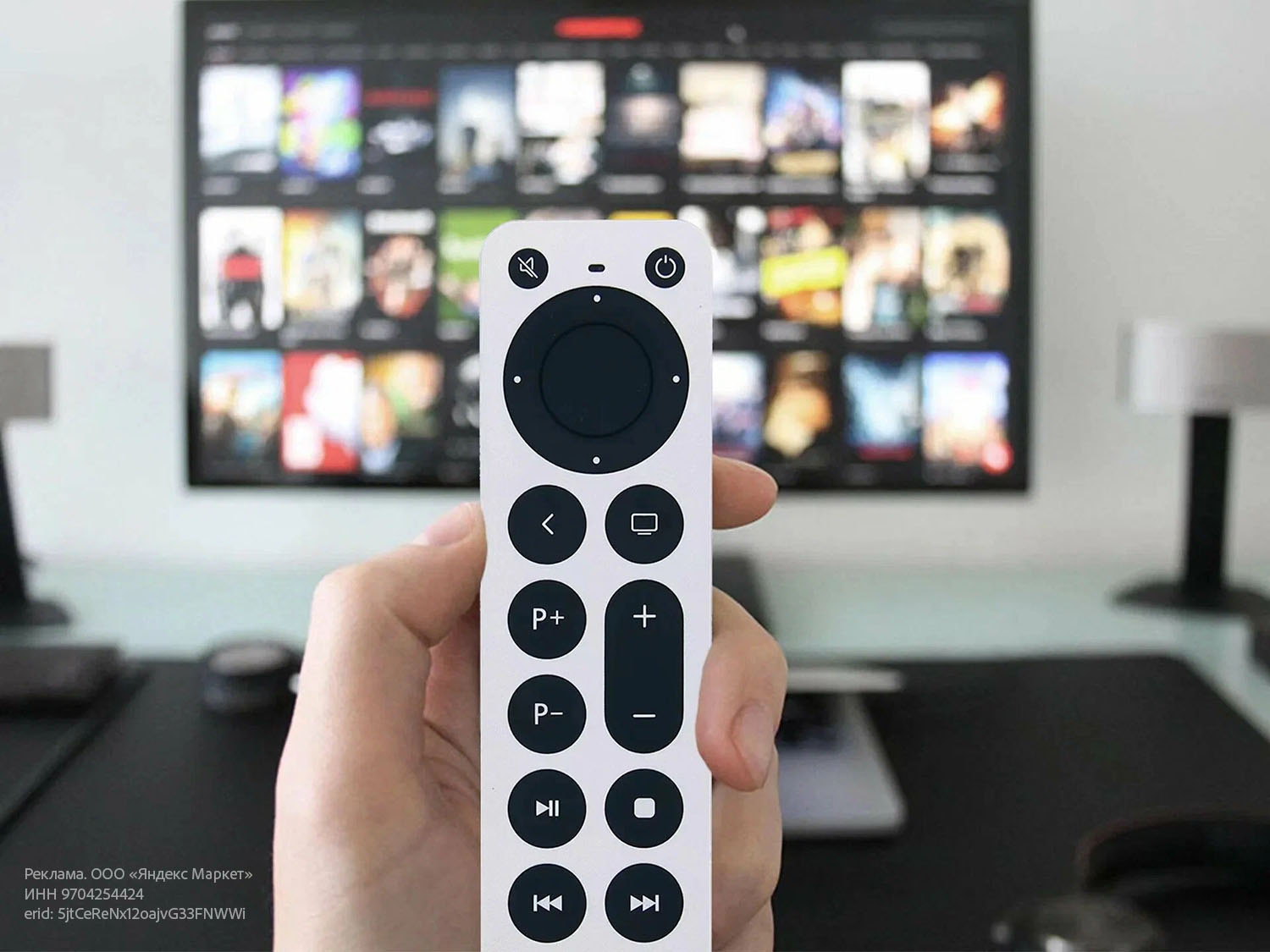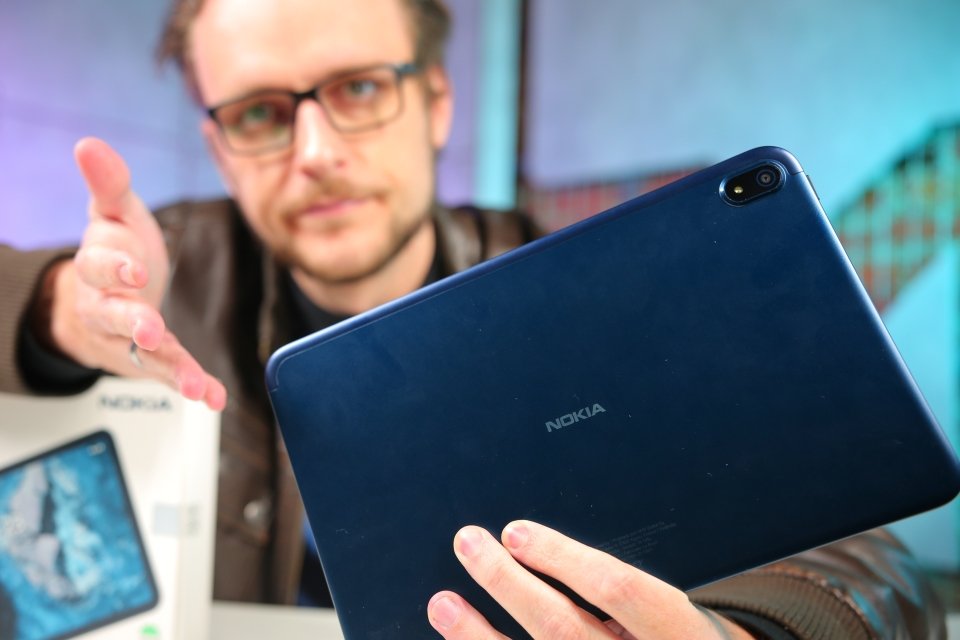After testing the Nokia T20 tablet for more than a month to conduct the analysis, I came to the conclusion that the problem we face in today’s market is not even that classic mismatch between loving technology and being Brazilian. This is nothing new, is it? I’ve been in this business for years and I know very well that 90% of our population have a chance to buy and look at state-of-the-art products only after about 2.3 years of launch. The real problem is that the situation is now so bad, but so bad that this generational delay is already a reality for products that were created to be accessible, idealized even from scratch. And this can be seen especially in a situation like this one. Now come with me, I will talk about Nokia T20 details and at the end of the video I promise you will understand what I am talking about.
Design and extras
The design of the Nokia T20 is the only thing that totally matches its price. Unlike the cheapest tablets, which are usually all plastic, this tablet has an all aluminum body. It is very strong, durable and even has a beautiful color. It doesn’t have premium finishes, but that’s not even what’s on offer here, so the simpler style with rounded corners and edges won’t make the tablet stand out, but it works well. It is not a tablet you want to hold in your hand for a long time as the materials make it heavy.
- Dimensions (H x W x D): 15.75 x 24.76 x 0.78 cm (thicker on cameras)
- Weight: 465 grams
The selfie camera is located at the top, in the middle of the edge around the screen, while holding it in landscape orientation. On the same side is the volume lever, while the power button is on the left, just above one of the speakers. On the opposite side is a second speaker next to the USB-C connector. So yes, the Nokia T20 has stereo sound, it’s nice, nice volume and good quality for indoors.
But there’s no fingerprint reader here, so if you don’t want to use a password or pattern to unlock the tablet, the only remaining option is face recognition of the working selfie camera, but we know it doesn’t. It is the safest thing.
Screen
As for the screen, we’re starting to see the limitations of the Nokia T20 here. The panel is a 10.4 inch IPS LCD with an unusual 5:3 aspect ratio with a resolution of 2000 x 1200 pixels, which will put it somewhere between HD and Full HD. The box sells this number as 2K resolution, but that’s a bit misleading because 2K isn’t a properly rendered standard.
- Screen: 10.4” (5:3) IPS LCD with 2000×1200 pixel resolution, 400 nits brightness, 60 Hz refresh rate and 224 dpi density
The detail in the images is not bad, but the colors look a bit lifeless in the images, the black tones are grayish and the 400 nits maximum brightness is a real issue. Not only do you forget the idea of using the T20 outside or on a sunny day with the screen facing the window, but even slightly brighter indoor lights can make a range of viewing experiences, for example, somewhat uncomfortable.
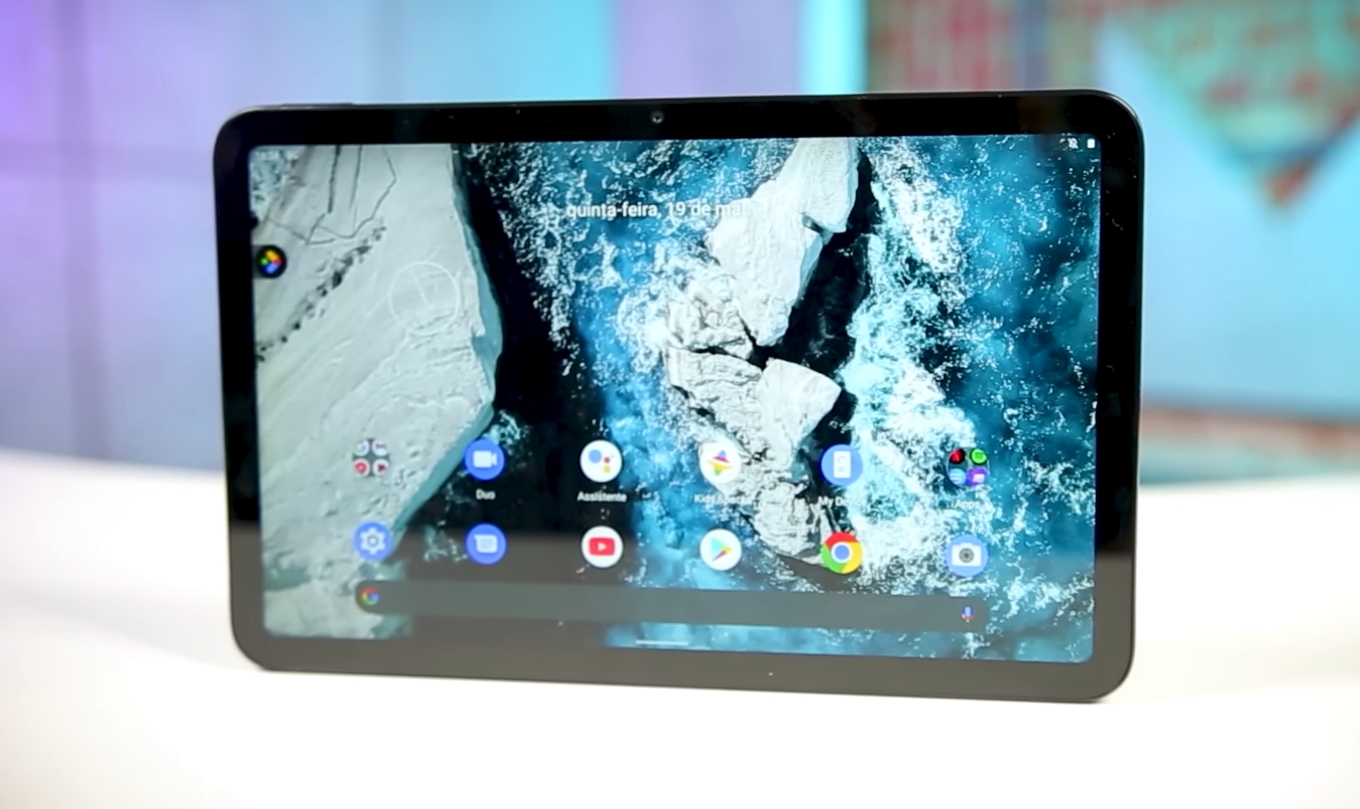
cameras
Quickly going through the cameras, here we have a 5 MP front with focus and an 8 MP rear with auto focus, they are basically there for video calls as they are meant to be. You can even shoot Full HD movies and take photos, but I don’t recommend it because the result is not very good.
- cameras: 5 MP front and 8 MP rear with autofocus
- Video: 1080p@30fps
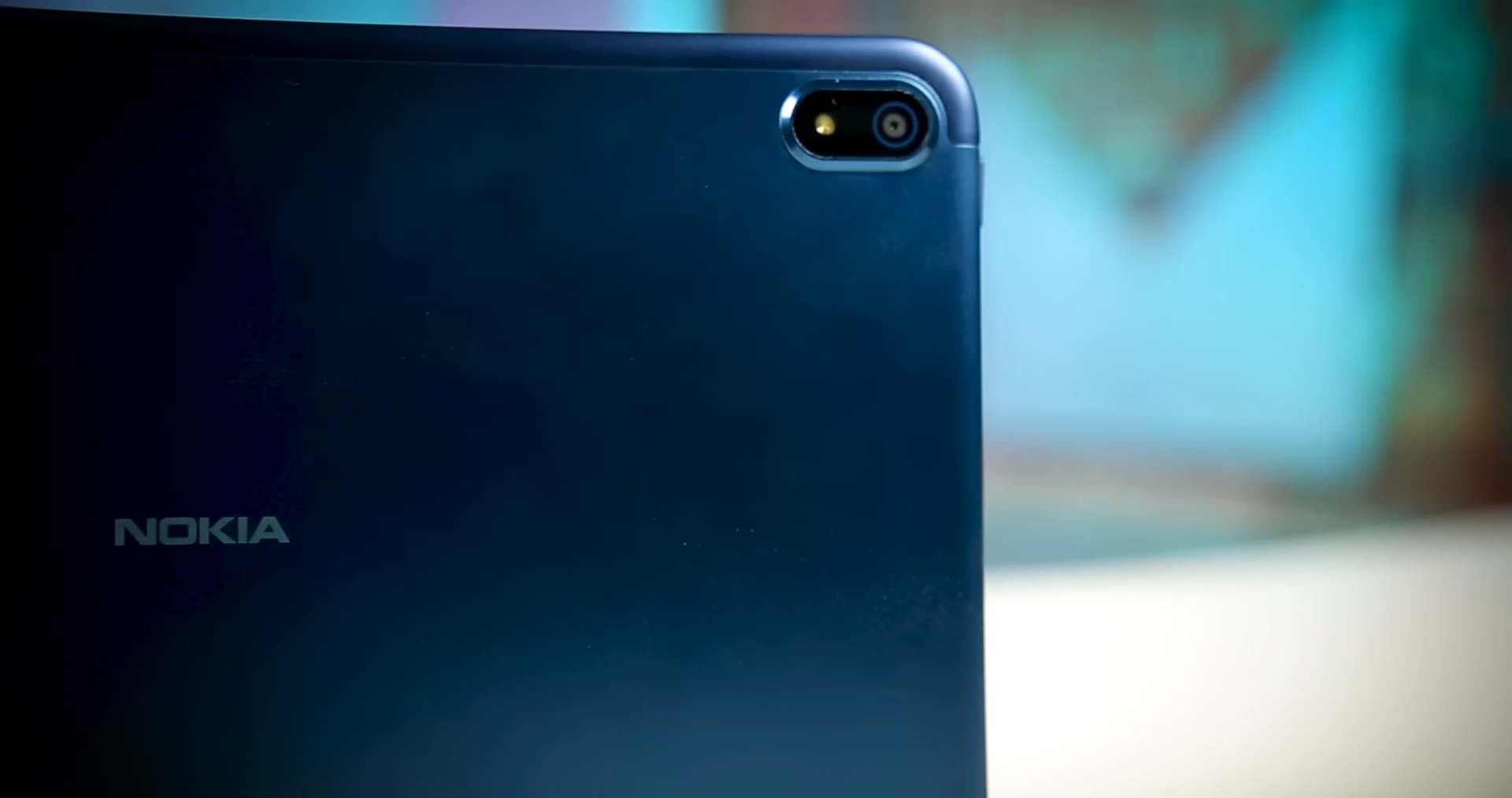
Yield
Under the hood, the Nokia T20 has the Unisoc T610 processor; it’s the kind of basic chip you find in some smartphones close to the $1,000 range. That is, it is not entirely consistent with the price of the tablet here. It comes with 4GB of RAM and 64GB of expandable storage via microSD card.
- PROCESSOR: octa-core Unisoc T610 (2x 1.8GHz Cortex A-75 + 6x 1.8GHz Cortex A-55)
- GPU: Mali G-52 MP2
- memories: 4GB RAM and 64GB storage (expandable via microSD)
And the performance it manages to deliver with that, the basics of the basics, serves well for surfing the web, using social networks, streaming TV shows and playing very light games. Slightly more advanced games will still perform well when played at the lowest possible graphics settings, but anything more intense than that will cause the tablet to suffer. The Nokia T20 should be expected from an entry-level tablet, but here in Brazil the price makes it tasteless.
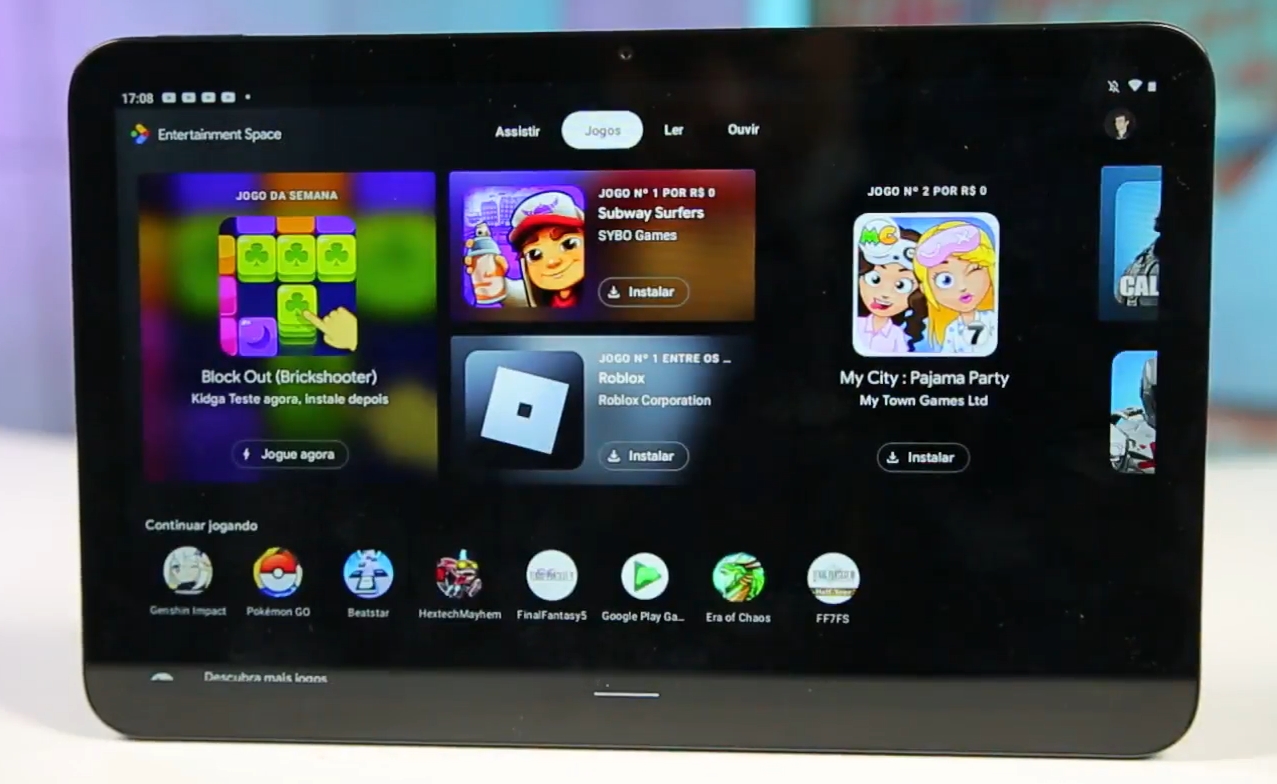
Interface
The tablet runs a pretty pure Android 11 out of the box and everything works exactly as expected. By swiping left from the Home Page, we can access the Entertainment Area, where the tablet collects indicators of content from movies and series on the most diverse streaming platforms, as well as indicators of Games, readings and audio productions in other tabs. However, it is worth noting that despite these recommendations, you still need to subscribe to the services in question in order to watch the content. Other than that, the interface works well and does not contain any surprises.
- OS: Android 11
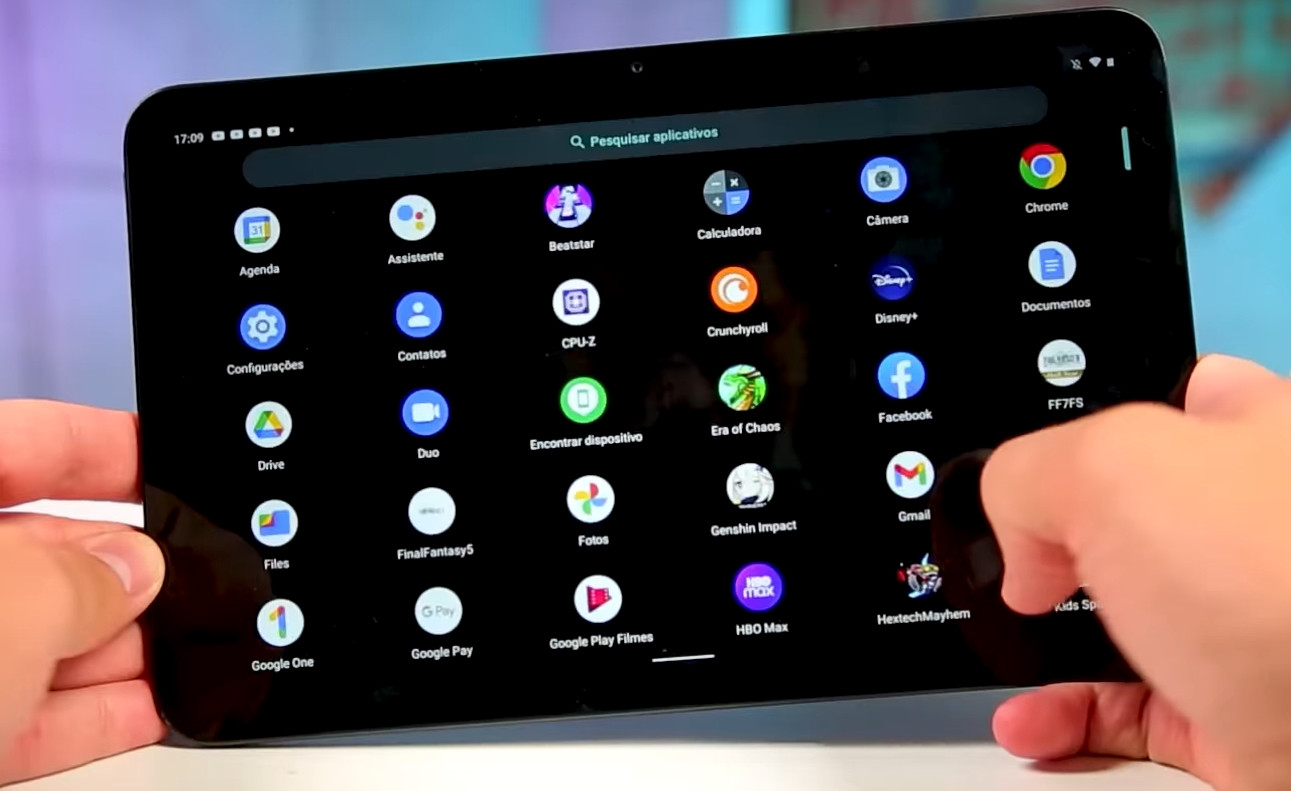
Drum
The 8,200 mAh battery of the Nokia T20 is one of the points where the device does not disappoint. Focusing solely on streaming video, the tablet lasted a little over 10 hours of direct use with the screen on at maximum brightness. Spreading this consumption over about 1 hour sessions per day, its battery lasted for almost a week. Especially if you are going to play online, it is possible that the battery will run out faster, but overall the result is positive.
- Drum: 8,200 mAh with 10W charger in the box
Charging is a weak point. The device comes with only 10W in the box content as well as being compatible with 15W chargers. However, charging from zero to 100% takes about 4 hours in total, which is quite slow.

Worth it?
At launch in Brazil at the end of February 2022, the Nokia T20 reached an absurd figure of R$2,200, which was unrealistic for what it offered. Now, after about 3 months, it is already possible to find the device for values around R$1,500 in the future.
- Official price: 1,499 BRL in installments
It’s not a ridiculous price for it anymore, but it’s still not fair value for me, especially considering what it has to offer in terms of screen quality and performance. It is possible to find options when considering the secondary uses of entry-level tablets, which are a device that you use to watch TV series, browse the internet and social networks, and read a little while eating more at home. at the same level, it costs almost R$500 less, like Samsung’s Galaxy Tab A8. The more robust body of it doesn’t justify the difference in value. If the launch price of the T20 had been R$1,500 and then pegged around R$1,100 or even R$1,200, it would have been slightly more expensive than its rivals at the same performance level, but with the strongest materials it would have justified value. in the body. But that’s not the case.
And worst of all, I see this as a recurring thing in the products of brands like Nokia, Xiaomi and other companies that come back to Brazil through a partnership system with a local brand. I do not know the terms of these agreements or the tax burden that companies such as Multilaser, DL or Positivo have to face to bring these products, but the result is always the same: devices like the Nokia T20 are coming to our country for the first time. a completely uncharacteristic value and impossible to recommend. An entry-level tablet gadget comes at a price, and then people who haul in the name of a brand like Nokia pay far more than is necessary for a product that’s worth it, but only if it costs a lot less. .
Here I would love to be able to turn to you and say: yes, you can buy the national version of the Nokia tablet, Xiaomi mobile phone, Vaio notebook, but you cannot. I don’t know if manufacturers should band together to persuade politicians to change the country’s electronic taxation laws, whether they should renegotiate the license terms of the international brands they sell, whether it’s a good idea to invest in new manufacturing and distribution facilities. across the country.Brazil or if it is necessary to force prices and reduce the final profit margin to the lowest possible. What I do know is that there is no need to wait for a cheap entry-level tablet to become available, and that it must end. Here I can tell you who watched this video, as long as it is still much more valuable to buy products from other giants settled in Brazil or ignore the national version in favor of imported models. .
Source: Tec Mundo

